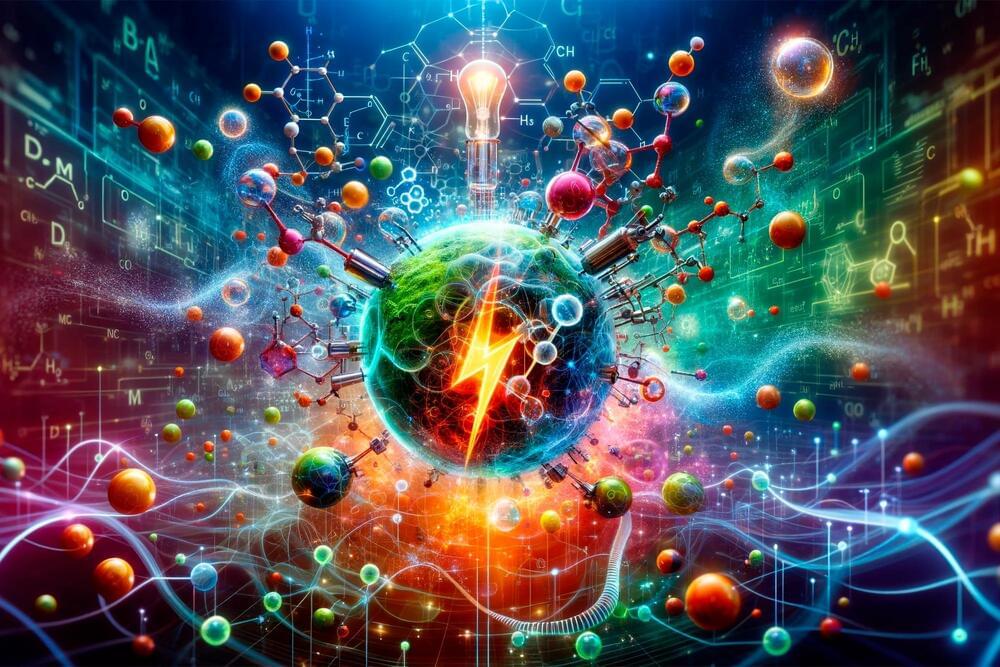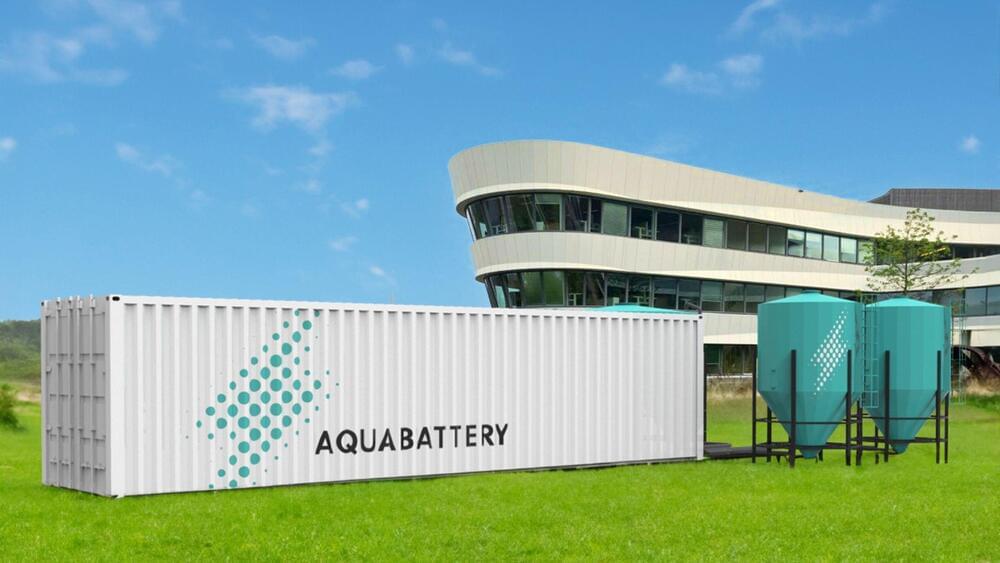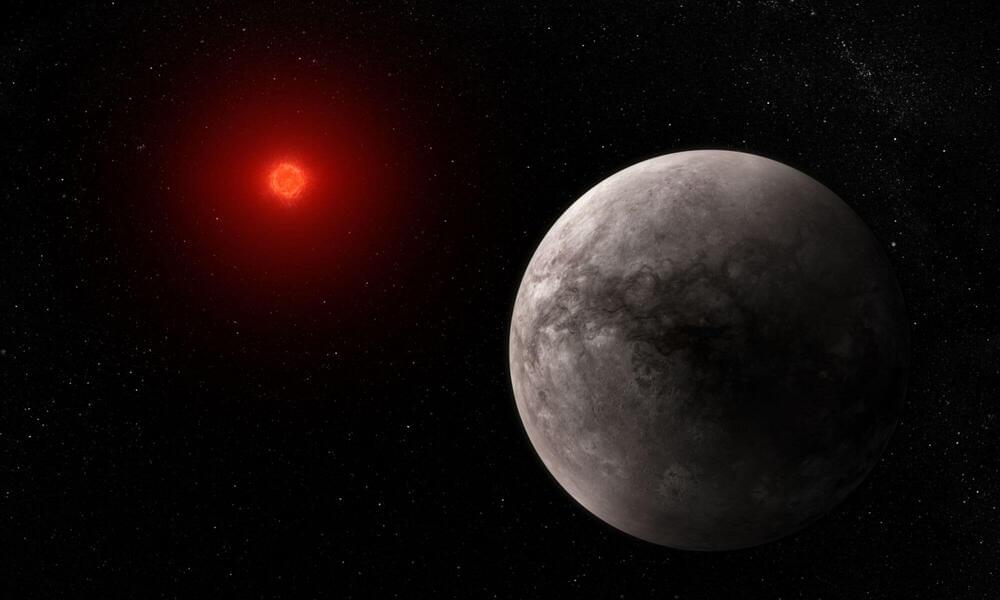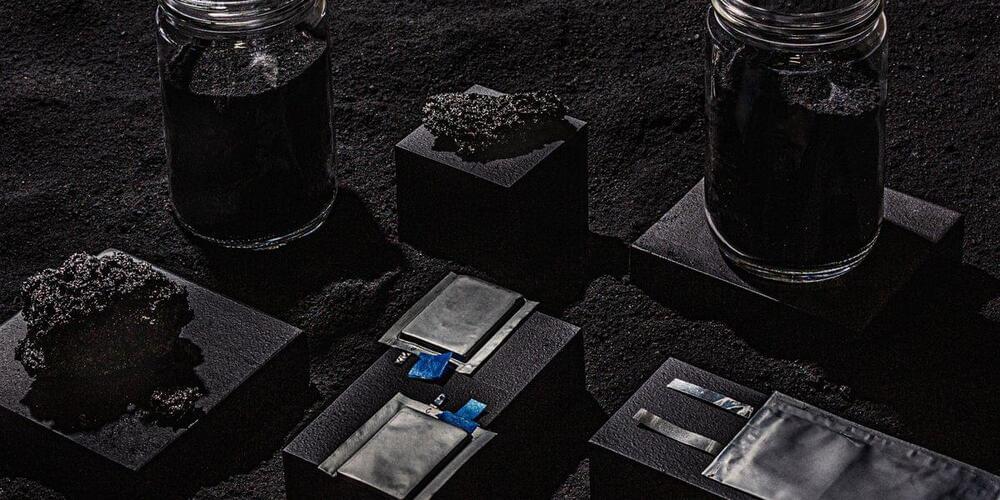New research on electrochemical reactions highlights the critical role of electrolyte ions, aiding in the advancement of sustainable energy technologies.
Electrochemical reactions are central to the green transition. These reactions use the electric current and potential difference to carry out chemical reactions, which enables binding and realizing electric energy from chemical bonds. This chemistry is the basis for several applications, such as hydrogen technology, batteries, and various aspects of circular economy.
Developments and improvement in these technologies require detailed insight into the electrochemical reactions and different factors impacting them. Recent studies have shown that besides the electrode material also the used solvent, its acidity, and the used electrolyte ions crucially impact the efficiency of electrochemical reactions. Therefore, recent focus has shifted to studying how the electrochemical interfaces, i.e. the reaction environment at the electrode and the electrolyte interface shown in Figure 1, impact the outcome of electrochemical reactions.









